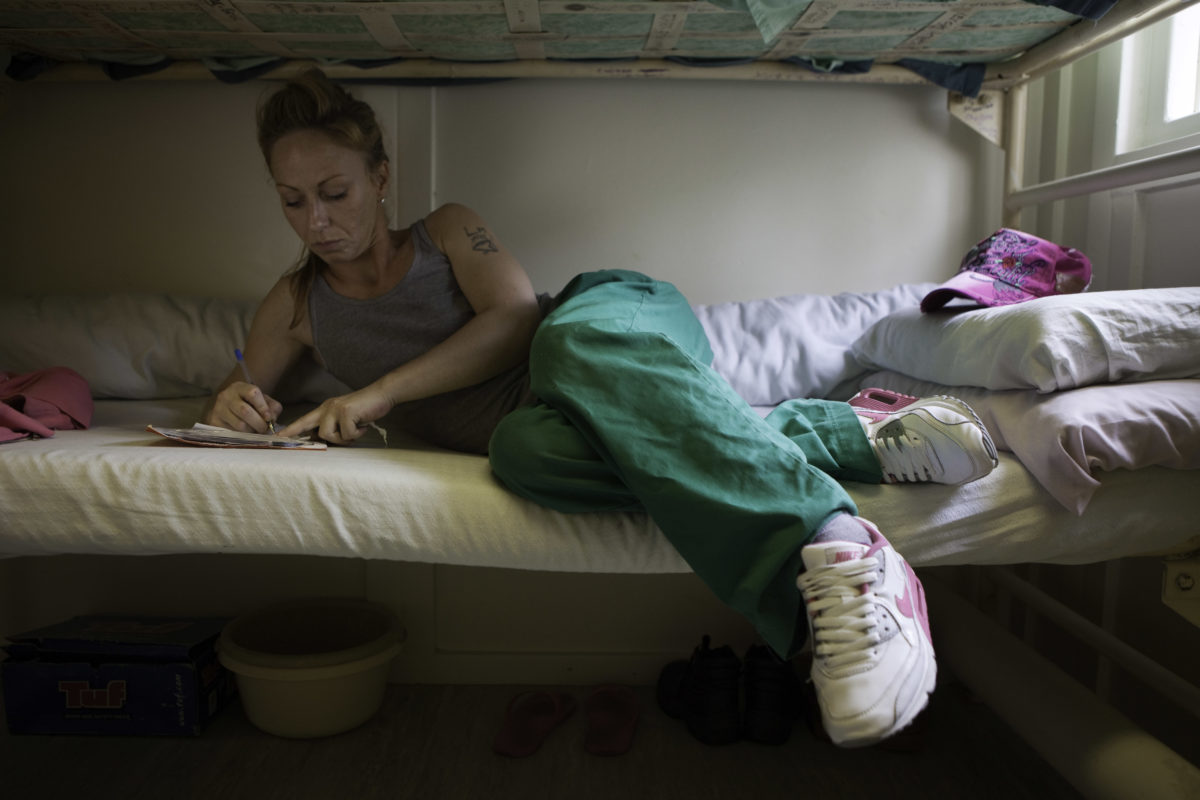Women prisoners caught in ‘cycle of victimisation’
Almost six out of 10 women in prison have been victims of domestic violence, according to a new study identifying links between experience of abuse and offending. According to the Prison Reform Trust, women in prison have often been victims of much more serious offences than those of which they have been convicted.
More than half of women in prison (53%) report having experienced emotional, physical or sexual abuse as a child compared to 27% of men; and 57% report having been victims of domestic violence. You can read the report (here).
The Government is intending to transform the approach to tackling domestic abuse through its Domestic Violence and Abuse Bill. ‘Many women in prison have been victims of much more serious offences than the ones they are accused of, with a growing body of research indicating that women’s exposure to physical, emotional and sexual abuse, including coercive control, is for some a driver of their offending,’ says the PRT report.
According to the group, a key difference between women and men in prison is that ‘family relationships tend to be a protective factor for men’; however for women relationships are ‘more often a risk factor’. Baroness Corston’s study of women in the criminal justice system published in 2007 found that coercion by male partners and relatives was ‘a distinct route into criminality and prison for some women’.
According to the offender assessment system used by prisons and probation to assess risk and need, more than two thirds of women in custody or managed in the community by the National Probation Service (67%), and 61% of those managed in the community by the community rehabilitation companies, indicated that they had been victims of domestic violence. Over a third of these women claimed to have a problem with their current partner. Of young women offenders in custody, four out of 10 have suffered violence at home and under a third (30%) have experienced sexual abuse at home.
Almost six out of 10 women surveyed in HMP Bronzefield, the largest women’s prison since the closure of HMP Holloway, (58%) said they had experienced domestic abuse and more than one third (34%) said they were experiencing it at the time they were sent to prison. The report also noted that imprisoning women resulted in ‘an estimated 17,240 children being separated from their mothers each year’. Fewer than one in 10 children were cared for by their father when a mother went to prison and only 5% remained in their own homes.
‘It is time for concerted action to help break the cycle of victimisation and offending that blights the lives of too many women and their children,’ commented Jenny Earle, director of the Prison Reform Trust’s programme to reduce women’s imprisonment. ‘Our recommendations have been developed in consultation with women who have been personally driven to commit crimes by violent partners, and the services that support them. If implemented we would see both a reduction in the incidence of domestic abuse and fewer women unnecessarily imprisoned.’
The report called for a provision under the Domestic Violence and Abuse Bill for ‘an effective defence’ for women whose offences arose from coercion within an abusive relationship and where women used reactive violence against a primary aggressor. It also called on the Sentencing Council to ensure courts take account of the vulnerabilities of women affected by domestic abuse as well as the impact of imprisonment on them and their families. It also recommended that the police, prosecution, probation and the courts make ‘routine’ inquiries into women’s histories of domestic abuse to ‘ensure informed decision making’. It proposed that police triage and diversion schemes for women involved in low level offending should not exclude women accused of domestic abuse offences; and that Police and Crime Commissioners should place ‘clear expectations’ on the police to improve their response to women offenders affected by domestic abuse including through out of court disposals.







